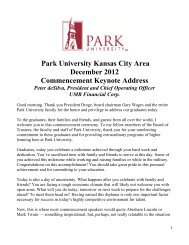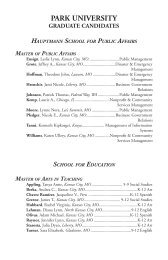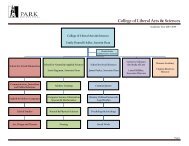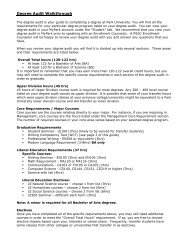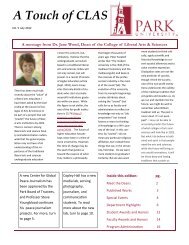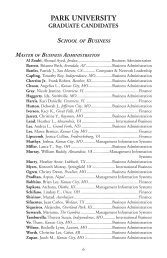How to Write a Radio Serial Drama for Social Development- PDF
How to Write a Radio Serial Drama for Social Development- PDF
How to Write a Radio Serial Drama for Social Development- PDF
You also want an ePaper? Increase the reach of your titles
YUMPU automatically turns print PDFs into web optimized ePapers that Google loves.
Glossary<br />
This list defines the words and phrases used in this book that have particular meanings in the context of<br />
radio drama <strong>for</strong> social change. Each definition is followed by the number of the chapter in which the word<br />
or phrase is first used or is described most fully.<br />
ac<strong>to</strong>r<br />
advocate<br />
announcer<br />
audience profile<br />
brief<br />
central uniting character<br />
character<br />
character profile<br />
cliffhanger<br />
climax<br />
A male or female person who portrays or acts the part of a character in a drama.<br />
(Chapter 1)<br />
One who supports, speaks in favor of, or recommends <strong>to</strong> others a particular<br />
attitude, action, or practice. (Chapter 4)<br />
The speaker who introduces a radio program on behalf of the radio station.<br />
Sometimes referred <strong>to</strong> as station announcer, this person is not a character in the<br />
drama. (Chapter 3)<br />
In<strong>for</strong>mation about the audience's lifestyle, culture, economic status, and<br />
community that gives the writer a personal sense of the listeners; included in the<br />
<strong>Write</strong>r's Brief. (Chapter 2)<br />
See <strong>Write</strong>r's Brief, below.<br />
A character, such as a doc<strong>to</strong>r, nurse, or health worker, who appears in and unites<br />
all the plots in a serial and carries the message through all the plots. (Chapter 6)<br />
A fictional person created <strong>for</strong> a s<strong>to</strong>ry or drama; may also be an animal or a thing.<br />
(Chapter 6)<br />
A list of all the details the writer should know about a character in order <strong>to</strong><br />
portray him or her as a unique and believable person. (Chapter 5)<br />
A suspenseful finale <strong>to</strong> a serial episode that leaves the audience eager <strong>to</strong> find out<br />
what will happen in the next episode. (Chapter 3)<br />
The point in a s<strong>to</strong>ry where the conflict has come <strong>to</strong> a crisis and something must<br />
happen <strong>to</strong> resolve it. (Chapter 3)<br />
conflict See dramatic conflict, below. (Chapter 3)<br />
cover sheet<br />
crisis<br />
cue<br />
design document<br />
design team<br />
The front page of a script that lists the serial title, program number, writer's<br />
name, purpose and objectives of the program, cast of characters, and music and<br />
sound effects needed <strong>for</strong> the episode. (Chapter 11)<br />
The point in a s<strong>to</strong>ry where the conflict has reached its height and must be<br />
resolved. (Chapter 3)<br />
In interactive instruction segments, a cue is a prompt that signals the listening<br />
audience <strong>to</strong> expect a question which they should try <strong>to</strong> answer orally. (Chapter 9)<br />
An extensive document containing all in<strong>for</strong>mation with regard <strong>to</strong> the design and<br />
content of the serial. (Chapter 2)<br />
A group of specialists, including script writers, who work <strong>to</strong>gether <strong>to</strong> plan all the<br />
details of a radio serial and who prepare the design document. (Chapter 2)<br />
209




